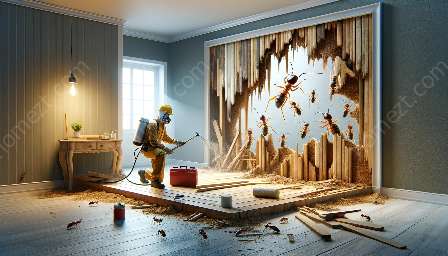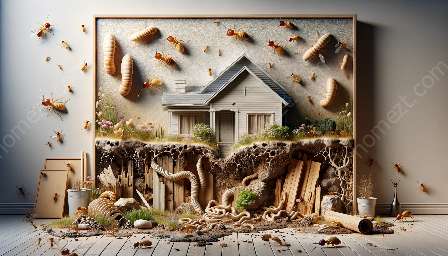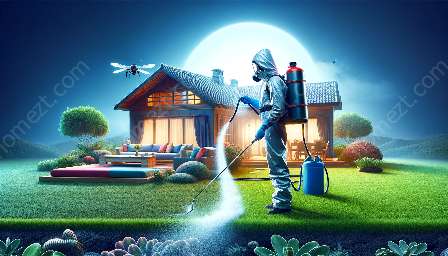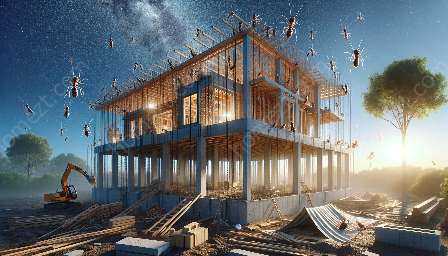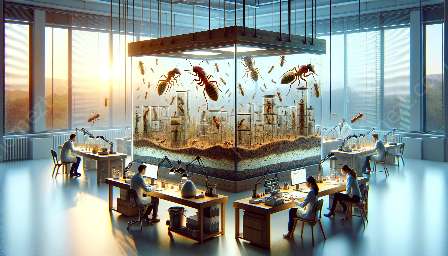Termites are notorious for their destructive nature, causing significant damage to properties. As such, effective pest control strategies, including physical termite control, are crucial for protecting your home or business from these relentless pests. In this comprehensive guide, we will delve into the various physical termite control methods and techniques, exploring their effectiveness and practical application.
Understanding Termites and Their Impact
Before delving into physical termite control methods, it's essential to understand the threat that termites pose. Termites are social insects that live in colonies and feed on cellulose materials, such as wood and plant fibers. Their ability to consume wood silently and discreetly makes them a formidable foe for property owners.
Termites can cause extensive damage to structures, compromising their integrity and posing safety concerns. The cost of repairing termite damage can be substantial, making proactive termite control measures crucial for preserving the value and structural integrity of your property.
Physical Termite Control: A Proactive Approach
Physical termite control involves employing non-chemical methods to deter or eliminate termites from infesting a property. These methods focus on creating barriers, removing conducive conditions, and physically excluding termites from accessing a structure. Let's explore some effective physical termite control techniques:
1. Moisture Control
Termites thrive in moist environments, making moisture control a critical aspect of physical termite control. Addressing moisture issues, such as leaks and inadequate drainage, can significantly reduce the risk of termite infestations. Proper ventilation and regular inspections for water damage can help mitigate termite activity.
2. Sealing Entry Points
Sealing cracks, gaps, and other potential entry points in the building's structure can prevent termites from infiltrating the property. By eliminating access points, property owners can effectively limit termites' ability to establish colonies within the structure.
3. Installing Physical Barriers
Physical barriers, such as steel mesh and sand particles, can be used to create a protective zone around the property, hindering termite movement and foraging activities. These barriers can be installed during construction or retrofitted as part of a termite management strategy.
4. Using Termite-Resistant Materials
Utilizing termite-resistant building materials, such as treated timber and concrete, can bolster the property's defenses against termite attacks. Implementing these materials during construction or renovation projects can reduce the overall susceptibility to termite damage.
Integrated Pest Management for Comprehensive Control
While physical termite control plays a crucial role, integrating it with other pest management strategies enhances the overall effectiveness of termite control. Integrated Pest Management (IPM) considers a holistic approach to pest control, combining various tactics, including physical, biological, and chemical methods, to manage pest populations effectively.
By incorporating IPM principles, property owners can create a sustainable and proactive defense against termites and other pests, minimizing the reliance on conventional pesticides and fostering a balanced ecosystem.
Conclusion
Physical termite control serves as a fundamental component of an integrated approach to combating termites and safeguarding properties from potential damage. By implementing moisture control, sealing entry points, installing physical barriers, and utilizing termite-resistant materials, property owners can significantly reduce the risk of termite infestations and mitigate the associated risks.
Embracing proactive termite control measures not only protects the structural integrity of buildings but also contributes to sustainable pest management practices. Through a comprehensive understanding of physical termite control methods, property owners can fortify their defenses and enjoy peace of mind, knowing that they have taken proactive steps to combat termites and protect their investments.






















